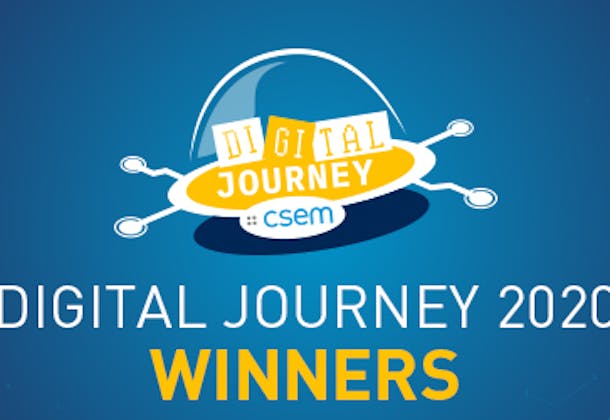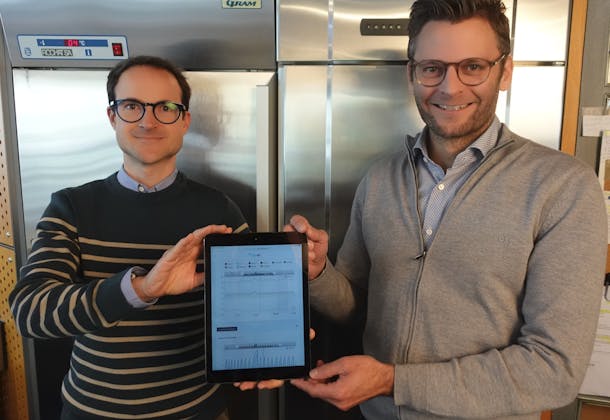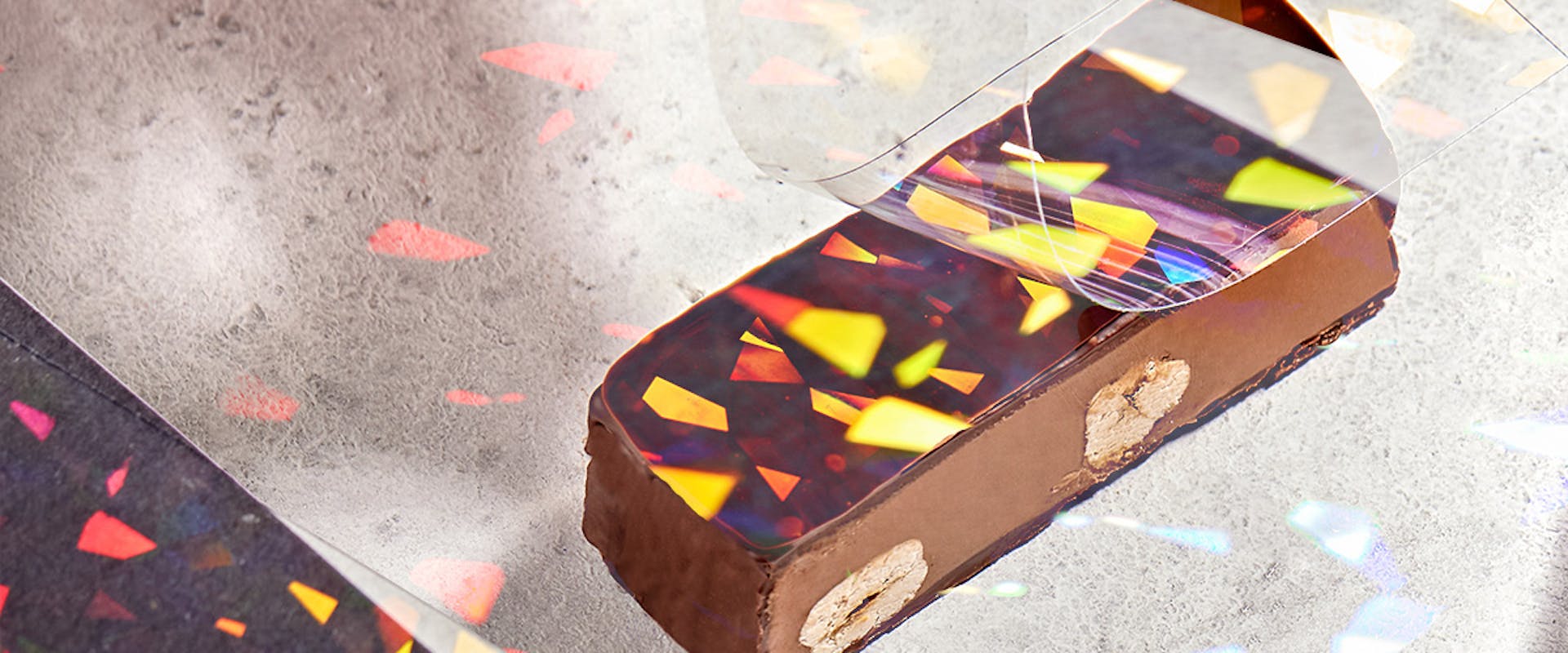Press release
Related Press

10 March 2021
Victory for Gait Up and Definition12
CSEM has announced the two winners of its 2020 Digital Journey award: Gait Up, based in Renens in the Canton of Vaud, and Definition12, based in Reinach in the Canton of Basel-Landschaft....

5 November 2024
Smart Refrigeration: this new AI technology reduces energy use, breakdowns, and food loss in supermarkets
Amicool, an AI by CSEM and Digitel, optimizes energy and prevents breakdowns for sustainable supermarket refrigeration....

3 July 2020
CHF 200,000 to help two SMEs
CSEM has expanded the CSEM Digital Journey competition in order to help Swiss SMEs recover from the disruption caused by the COVID-19 pandemic....
